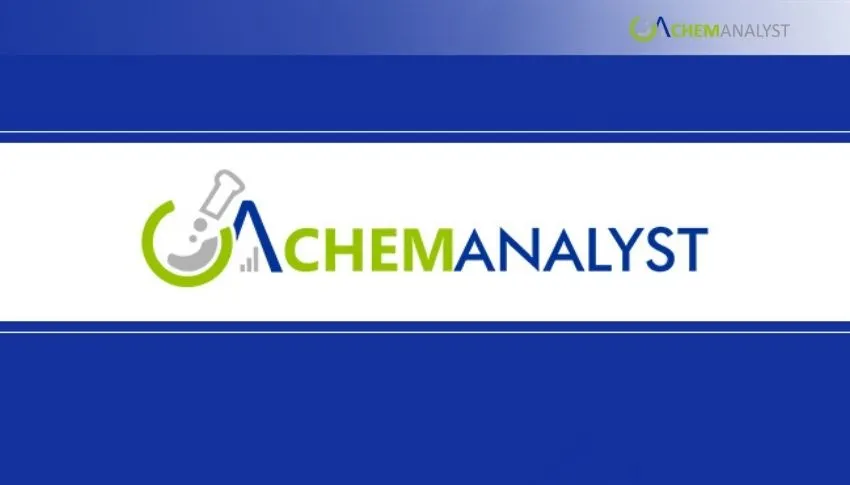Welcome To ChemAnalyst

Malic acid markets look to regions In China, prices tumbled overprinted on both oversupply and weakened domestic demand amid aggressive discounting by smaller producers at the expense of quality to downstream buyers. In contrast Italy had excellent pricing in the face of attractive demand dynamics, logistics architecture and currency trends. Amid balanced supply and stable exports, prices in Japan moved only marginally higher. With global demand solid for pharmaceuticals, biofuels and clean-label foods but supply strictures and regional forces played large roles in the pricing neighborhood of most grades during July.
Global demand for natural acidulants keeps reconfiguring industrial value chains, and Malic acid has emerged as a primary product in industries ranging from green packaging to clean-label foods. The wide-range organic compound, used in the manufacture of biodegradable plastics and drugs, saw prices swing wildly through July 2025, exhibiting savage regional differences typical of the nature of the globalized economy of today.
Malic acid is now a preference in industries as diverse as cosmetics to pharmaceuticals, where it will be made using renewable resources and break down harmlessly into the environment. Other applications of the chemical in biofuels and biodegradable packaging have made malic acid's strategic value more important, and prices are therefore extremely sensitive in downstream manufacturing industries.
China's malic acid market led the price tale throughout July, with precipitous falls carrying over into the second half of the month. The conditions of oversupply, driven by June's overbuild in inventory, underpinned hysterical price rivalry between manufacturers. Small manufacturers took advantage of earlier maintenance shutdowns at large plants by rolling out aggressively, unloading competitively priced Malic acid inventories into markets.
Pressure on the Malic acid Chinese market intensified with internal consumption remaining subdued while export demand did not show any signs of materializing. Producers were seeing increasing pressures on inventories, and they were compelled to dispose of inventories through savage price measures. Inconsistency of quality by small-scale producers was adding to market friction since downstream consumers of food, pharmaceutical, and cosmetics industries balanced cost savings with reliability issues.
Old season weakness did play a role in China's Malic acid price woes in July. Food and beverage use typically dictate summer demand, but summer increase was blunted by undermined consumer buys and prior-season bulking-up in June's price decline. Disrupted monsoon in south provinces also eroded seasonal consumption trends.
Trends in manufacturing recorded persistent high levels of use in major production centers such as Shandong and Jiangsu, driving supply overhangs even in the face of negative demand signals. Declines in raw material prices, especially for key feedstocks, allowed producers to obtain competitive Malic acid prices without taking heavy margin destruction.
Unlike China, Italy's Malic acid market was strong all the way through July. Quality production processes and effective logistics backed up stable pricing, while stability in the exchange rate of the euro against major trading currencies allowed for smooth export operations. Italian manufacturers experienced steady demand growth, especially in flavor-enhancing applications in food and beverage industries.
Japan Malic acid market posted relatively subdued price hikes during the second week of July, as continued supply-demand balance and medium-export volume growth to major markets such as the United States underpinned demand. Exportability was further aided by the 0.94% weakening of medium-term reserves' asset yen against the dollar. Downstream industry purchase in application areas such as pharmaceuticals and health products was firm.
The diverging local patterns reflect Malic acid's multidirectional global market forces, as various local supply conditions, exchange rates, and regulatory regimes generate unique pricing pressures. Downstream industries face mixed implications from July's price movements. Cosmetics and pharmaceutical manufacturers benefit from lower Chinese Malic acid prices but must navigate quality concerns and supply reliability issues.
We use cookies to deliver the best possible experience on our website. To learn more, visit our Privacy Policy. By continuing to use this site or by closing this box, you consent to our use of cookies. More info.
